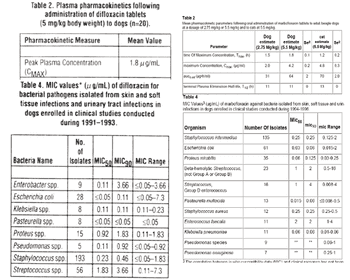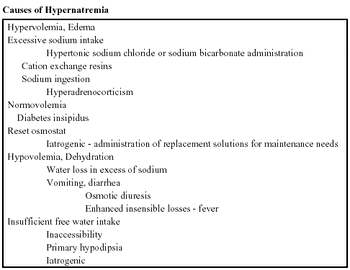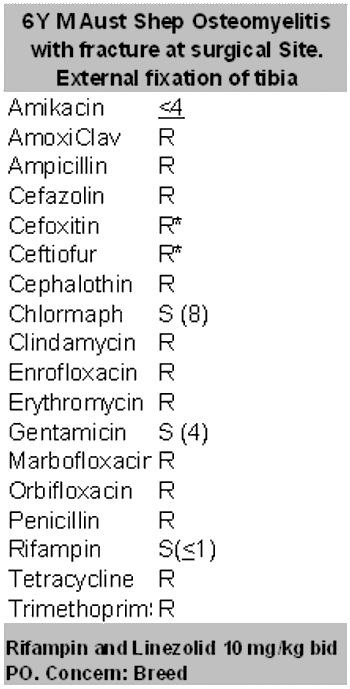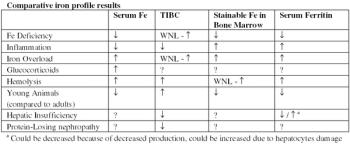
Disease conditions that lead to anemia can be divided into two general categories: regenerative and nonregenerative.

Disease conditions that lead to anemia can be divided into two general categories: regenerative and nonregenerative.

Controversy: Histologic evaluation of biopsy specimens is required for definitive diagnosis.

Cats presenting with a primary complaint of hypercalcemia can often be a diagnostic challenge.

Throughout recorded history, the ability of fragrance to induce responses and enhance moods has been a powerful theme in virtually every culture, and a variety of fragrances have been used to enhance emotional, mental, and spiritual well-being.

The goal of neonatal care is to maximize the health and well being of the newborn puppy and kitten.

Protein-losing enteropathy (PLE) denotes a clinical condition characterized by excessive loss of plasma proteins into the gastrointestinal tract.

Distal aortic thromboembolism (ATE) is most commonly recognized as a devastating sequel to underlying cardiac disease in the cat.

Even experienced practitioners may not realize that giving a patient antibiotics affects not just that patient, but also their environment, and all the other people that come into contact with that environment.

Day in and day out, clinical pathology is used to make diagnoses, assess response to treatment and to screen healthy animals for occult disease.

Chiropractic is a form of health care that has long been used in man and animals.

In the diagnostic work up of some cases, there are indications to employ cytology as a diagnostic tool.

Adrenal disease is one of the most common and serious disorders facing pet ferrets in the United States today, and is emerging as a common disease entity in other parts of the world as well.

Traumatic brain injury in the small animal patient may be the result of a variety of traumatic events.

In the diagnostic work up of any case, one of the most powerful and often overlooked tools is the complete blood count with peripheral blood smear and its derivations.

In the early 1930's an English physician, Dr. Edward Bach, believed that people fell into several distinct emotional types and that each of these types would respond to illness in a particular way.

The term homeopathy has its roots in one man vision, the German physician, Samuel Hahnemann (1755-1843).

Pathophysicology of allergies and newer treatments

Alternative therapies have become increasingly popular in recent years, but their use in veterinary medicine is not without controversy.

Chronic large bowel diarrhea is a common problem in dogs.

Incidence, diagnosis, treatment, and prevention of calcium oxalate disease.

In recent years, the availability and extended use of rigid and flexible endoscopy has led to a marked increase in diagnostic procedures involving visualization and biopsy of the upper and lower gastrointestinal (GI) tract in domestic animals.

Sodium concentration is an expression of the relative numbers of sodium molecules to water molecules, irrespective of the total numbers.

In the last AVMA pet owner survey, more than 39% of the owned pet population were 7 years of age or older and these percentages continue to grow.

The goal of antimicrobial therapy is to both eliminate bacteruria, but also, to avoid resistance.

For good reasons, glucocorticoids (GLs) have been the cornerstone of immunosuppressive therapy in humans and animals.

Dog Erythrocyte Antigens (DEA) are glycolipids and glycoproteins on the surface of the red blood cell.

Although one of the most frequently utilized diagnostic tools, the full power of the complete blood count and ancillary testing is often untapped.

Osteoarthritis (OA) is a chronic, non-infectious, progressive disorder of any synovial joint.

Definite personality changes and behavioral problems can be extremely challenging to the practitioner and extremely frustrating to the client.

There are three major body fluid compartments in the body: intravascular, interstitial, and intracellular.